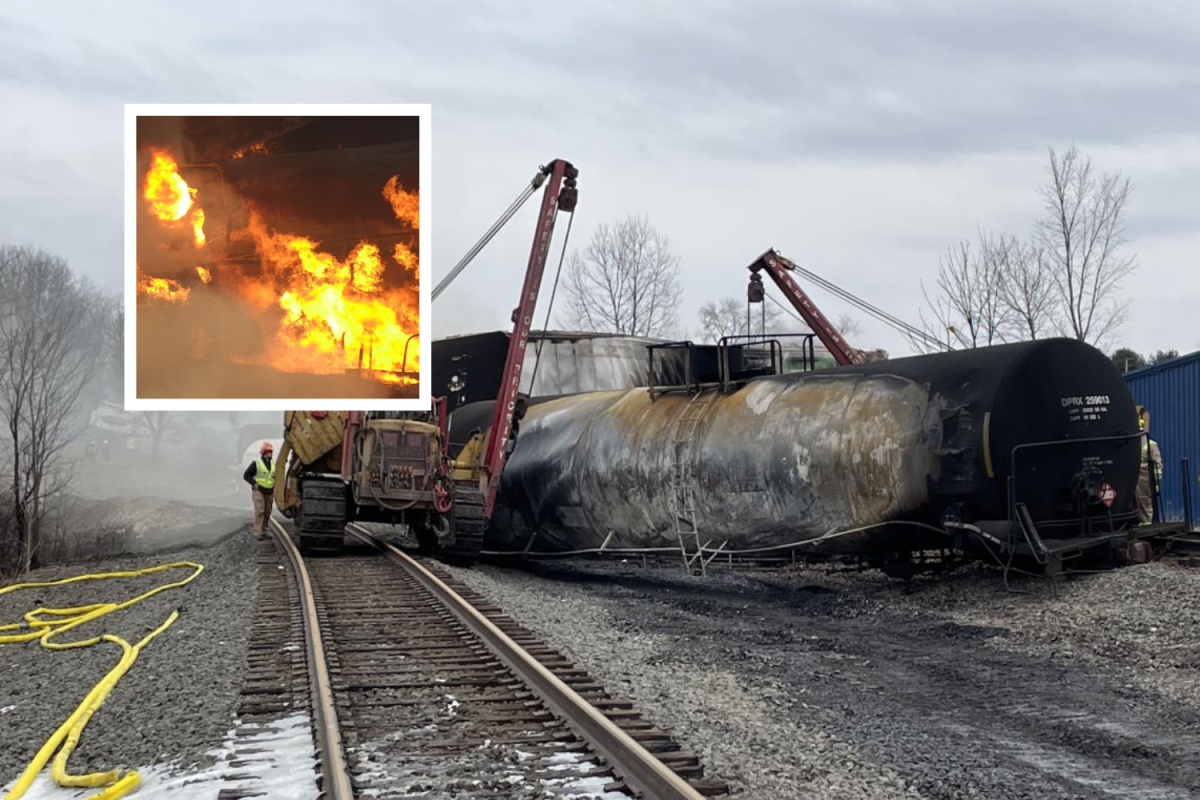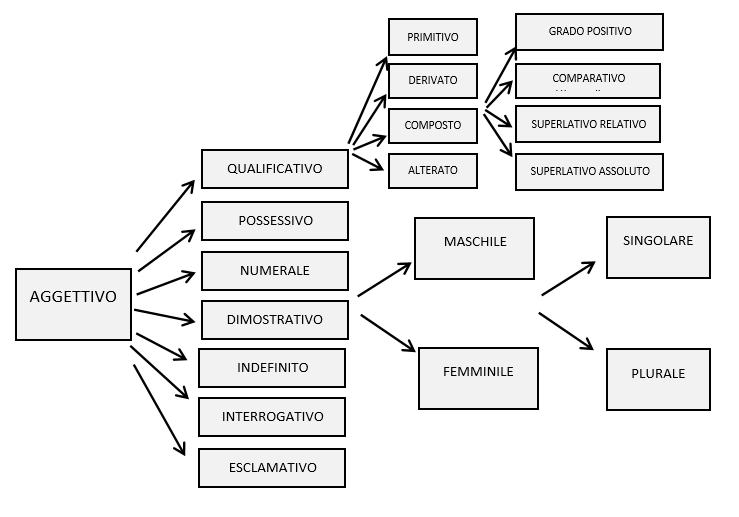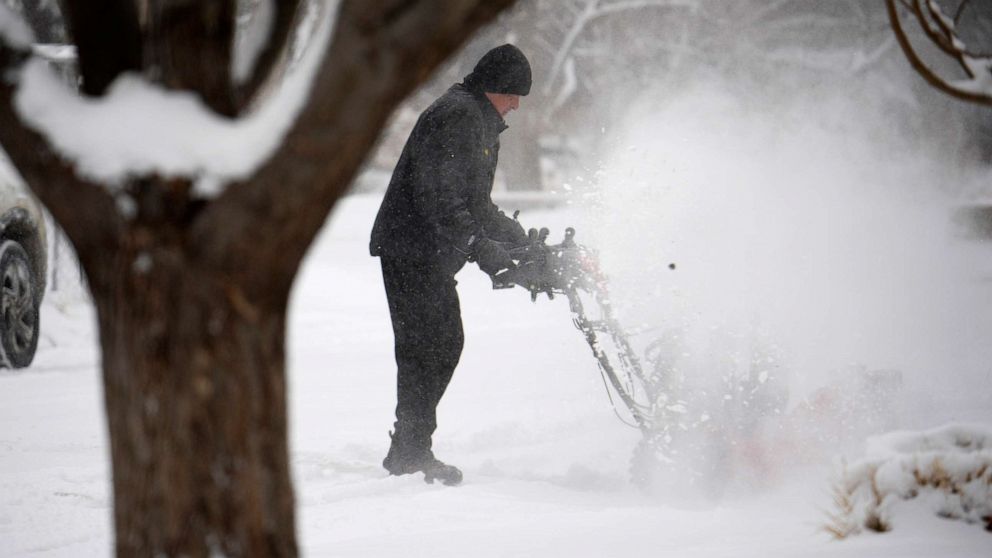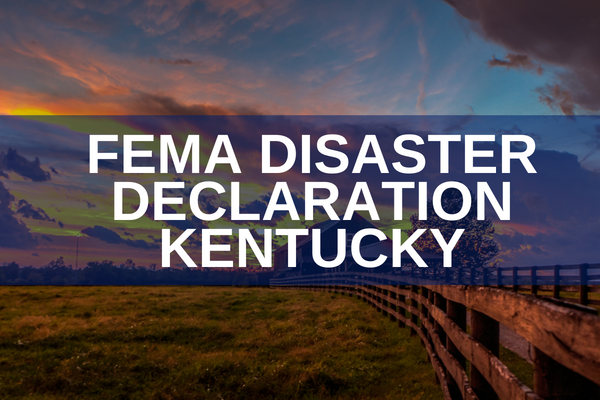Toxic Chemical Residue In Buildings Following Ohio Train Derailment

Table of Contents
Types of Toxic Chemicals Released and Their Potential for Building Contamination
The derailment released a cocktail of hazardous substances, many of which pose significant risks to human health and the environment. Several chemicals have raised particular concerns regarding building contamination due to their volatility and persistence.
Vinyl Chloride
Vinyl chloride, a highly volatile and known human carcinogen, is a primary concern. Its volatile nature allows it to easily penetrate porous building materials.
- Specific Health Risks: Exposure to vinyl chloride can lead to liver damage, including angiosarcoma (a rare and aggressive liver cancer), as well as lung cancer, brain cancer, and leukemia.
- Building Material Penetration: Vinyl chloride can seep into insulation, drywall, porous flooring, and other materials, leaving behind persistent residue. The chemical can also adhere to surfaces, creating a long-term contamination risk.
- Detection Methods: Specialized testing is required to detect vinyl chloride residue in building materials. This often involves air sampling, material sampling, and laboratory analysis.
Butyl Acrylate
Butyl acrylate, another chemical released in the derailment, is a respiratory irritant. While less volatile than vinyl chloride, its potential for long-term respiratory problems is significant.
- Specific Health Risks: Exposure to butyl acrylate can cause irritation to the eyes, skin, and respiratory tract. Long-term exposure may lead to asthma, bronchitis, and other chronic respiratory conditions.
- Surface Adhesion: Butyl acrylate tends to adhere strongly to surfaces, making its removal challenging. Contamination can persist on walls, floors, and other surfaces within buildings.
- Removal Difficulty: Complete removal of butyl acrylate residue often requires specialized cleaning and remediation techniques, potentially involving abrasive cleaning or even material replacement.
Other Chemicals
Besides vinyl chloride and butyl acrylate, other chemicals released during the derailment, such as ethylene glycol monobutyl ether, also pose potential risks. These chemicals can exhibit varying degrees of volatility and persistence, requiring careful assessment to determine their potential for building contamination.
- Significant Chemicals and Effects: A comprehensive list of released chemicals and their potential effects can be found in official reports from the EPA and other relevant agencies.
- Safety Data Sheets (SDS): Consulting the Safety Data Sheets (SDS) for each chemical provides detailed information on their health hazards, safe handling, and cleanup procedures. These documents are readily available online for many common industrial chemicals.
Health Risks Associated with Exposure to Toxic Chemical Residue
Exposure to the toxic chemical residue from the Ohio train derailment poses a range of significant health risks, impacting various bodily systems.
Respiratory Problems
Inhalation of contaminated air containing chemical residue can lead to a variety of respiratory problems.
- Specific Symptoms: These include coughing, wheezing, shortness of breath, chest tightness, and increased mucus production.
- Long-Term Consequences: Chronic exposure may result in the development of asthma, chronic bronchitis, and other irreversible lung diseases.
Cancer Risks
Several chemicals released in the derailment, including vinyl chloride, are known carcinogens.
- Increased Cancer Risk: Exposure increases the risk of developing various cancers, including liver cancer, lung cancer, and leukemia.
- Research and Studies: Numerous studies have linked exposure to these chemicals to a significantly increased risk of cancer development.
Other Health Effects
Beyond respiratory issues and cancer, exposure to chemical residue may cause a range of other adverse health effects.
- Potential Consequences: This includes skin irritation, eye irritation, headaches, nausea, dizziness, and neurological problems.
- Professional Evaluation: Anyone experiencing health problems following the derailment should seek immediate medical attention for a thorough evaluation.
Cleanup Efforts and Monitoring of Toxic Chemical Residue in Buildings
Extensive cleanup efforts are underway to address the contamination resulting from the Ohio train derailment. However, the process is complex and requires a multi-pronged approach.
Current Cleanup Strategies
Various methods are being employed to decontaminate affected buildings.
- Air Quality Testing: Air sampling is crucial to assess the extent of airborne contamination and guide remediation efforts.
- Surface Cleaning and Remediation: This involves specialized cleaning techniques, potentially including the removal or replacement of contaminated materials.
- Environmental Agency Role: The EPA and other environmental agencies play a critical role in overseeing cleanup operations and ensuring adherence to safety standards.
Long-Term Monitoring and Assessment
Ongoing monitoring is crucial to ensure the long-term safety of the community.
- Regular Testing: Regular air and water quality testing is essential to track the levels of contaminants over time.
- Advanced Monitoring Technologies: The use of advanced monitoring technologies can provide more comprehensive and accurate assessments of the contamination.
Government Response and Regulations
Government agencies are responding to the crisis through various actions.
- Legislation and Executive Orders: Regulations and guidelines are being implemented to ensure the effective cleanup and prevention of future incidents.
- EPA and Other Agencies: The EPA and other agencies are playing a critical role in coordinating the cleanup, enforcing regulations, and providing guidance to affected communities.
Impact on Property Values and Insurance Implications
The Ohio train derailment and its aftermath have had significant consequences for property owners in the affected areas.
Diminished Property Values
The presence of toxic chemical residue can severely impact property values. Potential buyers may be hesitant to purchase properties in contaminated areas, leading to decreased market value.
Insurance Coverage
The question of insurance coverage for remediation and related expenses is complex and depends on individual policies and the specific circumstances of each case. Policyholders should consult with their insurance providers to determine the extent of coverage.
Conclusion
The Ohio train derailment has resulted in widespread contamination, with significant amounts of toxic chemical residue potentially present in nearby buildings. This poses substantial health risks, ranging from respiratory problems and skin irritation to an increased risk of various cancers. Thorough testing, effective remediation, and long-term monitoring are crucial to mitigate these risks. The government response, including cleanup efforts and regulatory actions, plays a vital role in protecting the health and safety of affected communities.
If you suspect your building may be affected by toxic chemical residue from the Ohio train derailment, seek immediate professional assessment and remediation. Don't hesitate to contact relevant authorities and environmental experts for assistance. Early action is crucial to mitigate the potential health risks associated with toxic chemical residue and ensure the safety of your community. Protecting your family and property from the lingering effects of toxic chemical residue requires proactive steps and a commitment to thorough investigation and cleanup.

Featured Posts
-
 Kampen Dagvaardt Enexis Probleem Met Aansluiting Op Stroomnet Leidt Tot Kort Geding
May 01, 2025
Kampen Dagvaardt Enexis Probleem Met Aansluiting Op Stroomnet Leidt Tot Kort Geding
May 01, 2025 -
 Watch Live Dr Victoria Watlington Town Hall On Wsoc Tv With Joe Bruno
May 01, 2025
Watch Live Dr Victoria Watlington Town Hall On Wsoc Tv With Joe Bruno
May 01, 2025 -
 Six Nations Rugby Frances Statement Win Irelands Response
May 01, 2025
Six Nations Rugby Frances Statement Win Irelands Response
May 01, 2025 -
 Christopher Stevens Review Michael Sheens Million Pound Giveaway
May 01, 2025
Christopher Stevens Review Michael Sheens Million Pound Giveaway
May 01, 2025 -
 Six Nations 2025 Assessing Scotlands Rugby Performance
May 01, 2025
Six Nations 2025 Assessing Scotlands Rugby Performance
May 01, 2025
Latest Posts
-
 Il Venerdi Santo Secondo Feltri Analisi Di Una Frase Controversa
May 01, 2025
Il Venerdi Santo Secondo Feltri Analisi Di Una Frase Controversa
May 01, 2025 -
 Louisvilles Early 2025 Catastrophes Snow Tornadoes And Severe Flooding
May 01, 2025
Louisvilles Early 2025 Catastrophes Snow Tornadoes And Severe Flooding
May 01, 2025 -
 Louisville Faces Triple Threat Snowstorm Tornadoes And Record Flooding In 2025
May 01, 2025
Louisville Faces Triple Threat Snowstorm Tornadoes And Record Flooding In 2025
May 01, 2025 -
 Heavy Rainfall Prompts State Of Emergency Declaration In Kentucky
May 01, 2025
Heavy Rainfall Prompts State Of Emergency Declaration In Kentucky
May 01, 2025 -
 Improved Mail Delivery Expected In Louisville Following Recent Delays
May 01, 2025
Improved Mail Delivery Expected In Louisville Following Recent Delays
May 01, 2025
